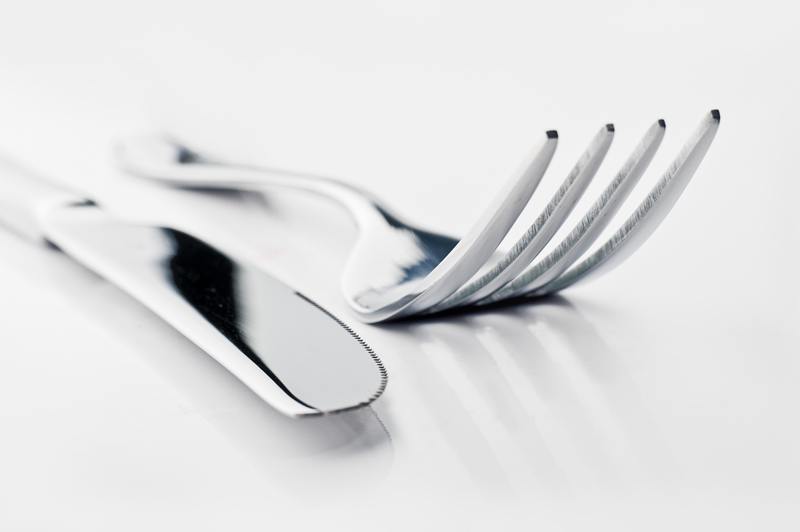Read through to know how to remove mold from stainless steel, so you won’t have to worry about the things you use daily. Stainless steel is a common material that we find in our homes, from faucets to spoons and forks.
Mold has always been such a nuisance, especially to homeowners. It seems like no material is safe from it, so you just have to keep learning how to deal with them.

Read through to know more.
Does Mold Really Grow On Stainless Steel?
Stainless steel is known to be durable. It is non-corrosive and also rust-resistant, so how come mold can take its power over it?
Mold does not grow on stainless steel. It is the food spills together with the other materials on the stainless steel’s surface which cause mold growth.
Although metals like stainless steel are non-porous materials, unlike the common sites of mold growth, it is not a surprise to see mold spores on them. It is especially true when there is a build-up of dirt and minerals on the metal’s surface.
Exposure to moisture and high humidity will also contribute to the occurrence, whether outdoors or indoors.
Washing Mold Off Stainless Steel
To eliminate mold from stainless steel surfaces, follow the procedure listed below:
Step #1. Prepare the surface by ensuring that there is good airflow around.
Step #2. Have an ample amount of vinegar ready and grab some paper towels. Soak the towels in full-strength vinegar.
Step #3. Once the paper towels have absorbed enough vinegar, place them over the mold spots on the stainless steel surface. Leave them for not less than 10 minutes to completely kill the mold spores.
Step #4. After 10 minutes or so, remove the vinegar-soaked paper towels. Then, grab some clean ones and use them to wipe the surface of the stainless steel.
Step #5. What you should do next is put together one tablespoon of table salt with two tablespoons of white vinegar. You can mix more depending on the amount of surface you will be cleaning, following the proportions.
Stir them together until they turn into a paste.
Step #6. Look for an old and unused toothbrush. Use it to apply the paste onto the surface by dipping it into the mixture.
Carefully scrub the stainless steel to remove remaining mold stains. Frequently rinse the brush, then dip it again in the mixture and continue scrubbing.
Step #7. Once you have scrubbed all the remaining stains, it is now time to clean the surface. Get a clean and dry cloth and gently wipe the stainless steel to remove the paste.
Then, wet another cloth with white vinegar. Use it to wipe the surface clean.
Afterward, use another dry cloth to dry it.
Dealing with mold on other metals
Here is a step-by-step procedure to get rid of mold on metals aside from stainless steel.
Step #1. Ensure good airflow in the area where you will be cleaning.
Step #2. Put on protective gear like a mask and a pair of gloves.
Step #3. Get a 2-gallon bucket and fill it with warm water, then add some detergent. You can use either laundry or dish detergent.
Step #4. Use a sponge to scrub any visible mold stains off the metal’s surface. When cleaning large areas, rinse the sponge frequently with warm and soapy water.
Step #5. When you finish scrubbing, pour out the contents of the gallon. Replace it with a mixture of 1 gallon of water and 1 ½ cups of bleach.
Step #6. Soak a cloth on the gallon and use it to apply the bleach solution to the metal. Leave it for no less than 15 minutes to kill remaining mold spores.
Step #7. Rinse the metal thoroughly after 15 minutes. Wipe it dry with a towel or any clean cloth.
When dealing with mold, it is essential to keep yourself protected as some mold spores can be really dangerous. You can try reading this article on respirator options for mold to know how to do it.
If you are having mold problems with your sink, you can check out this helpful guide on how to get rid of black mold in sink.
Preventing mold growth
Mold needs things to grow: organic materials to feed on and moisture. These exact two things are what you need to eliminate in order to protect stainless steel, other metals, and basically anything on your home from mold.
Most of the time, mold only needs at least 24 to 48 hours of exposure to moisture to start growing. Therefore, if the suitable materials are wet for a day, they are at risk of becoming breeding grounds for mold.
Regular cleaning has a power no one should underestimate. Cleaning the materials and pieces of stuff in your home will eliminate the chances of mold growth.
It will prevent the build-up of dirt and other materials that facilitate the occurrence of mold. It will also be helpful if you always ensure good air circulation in your home.
Use exhaust fans and clothes dryers that vent air outside. Investing in a dehumidifier will also be a good idea.
Conclusion
Now that you know how to remove mold from stainless steel, you can now bring back the shining glory of your faucets, spoons, and forks. Nothing beats eating with clean and mold-free utensils, right?
